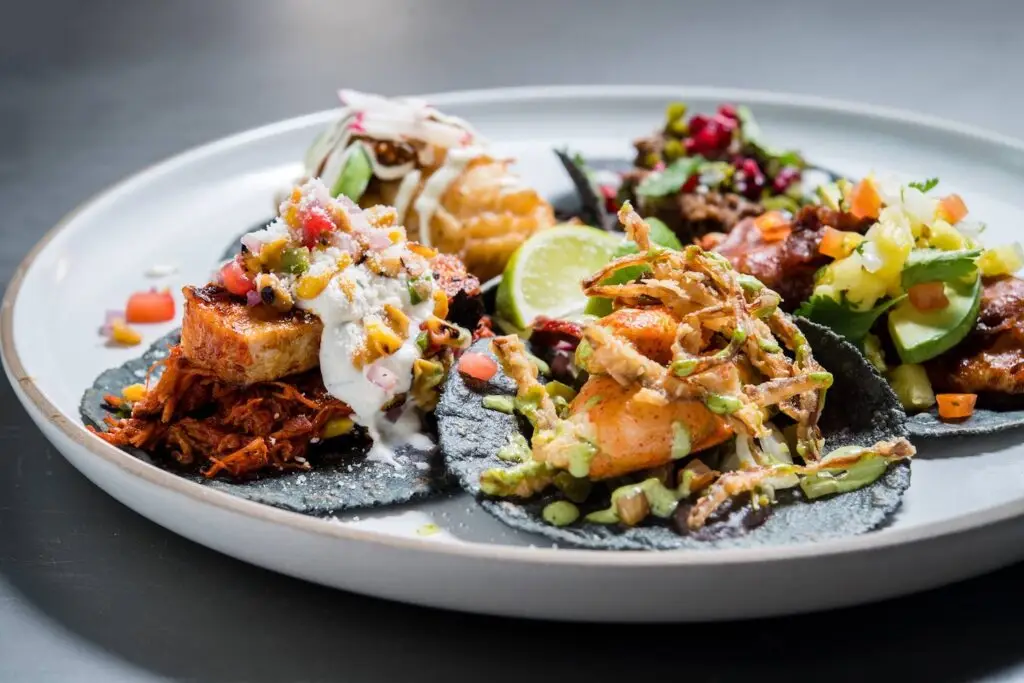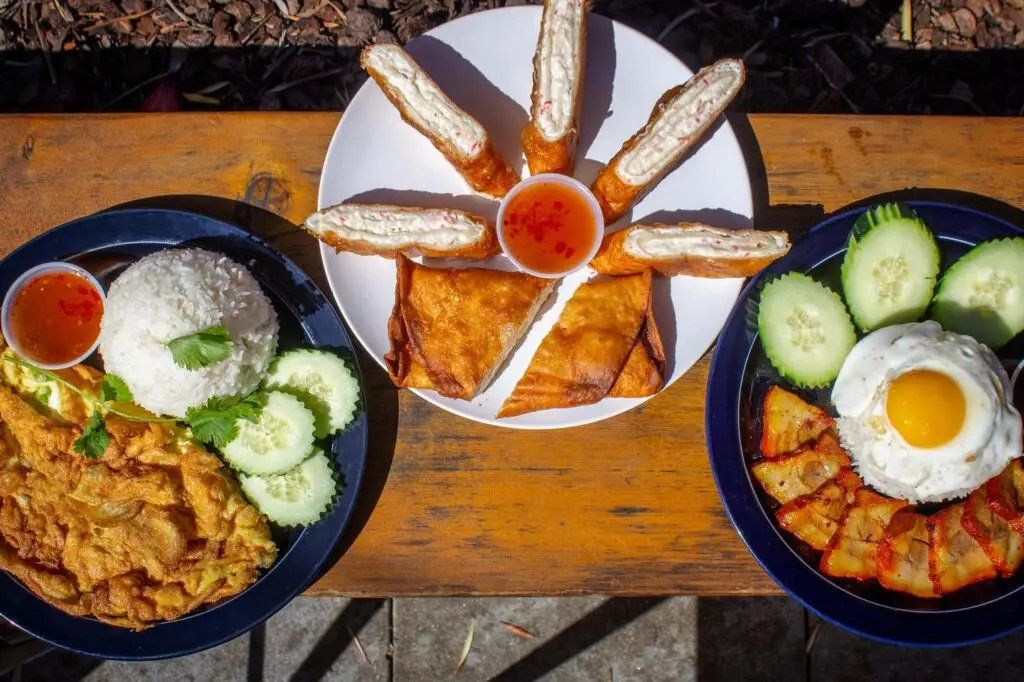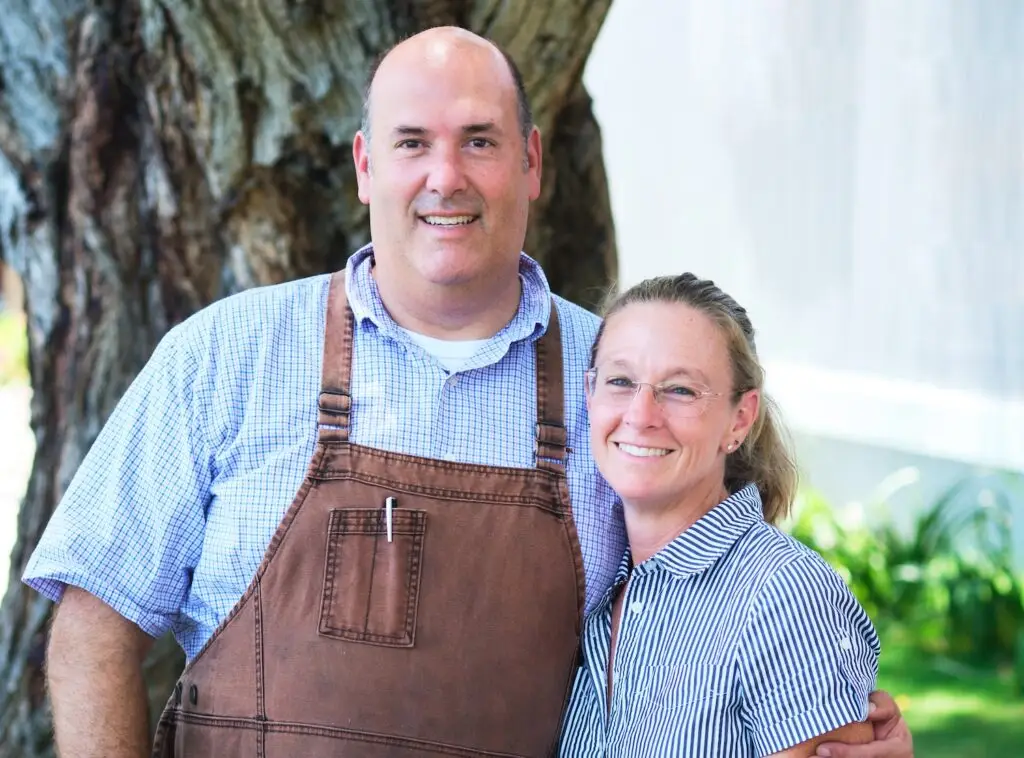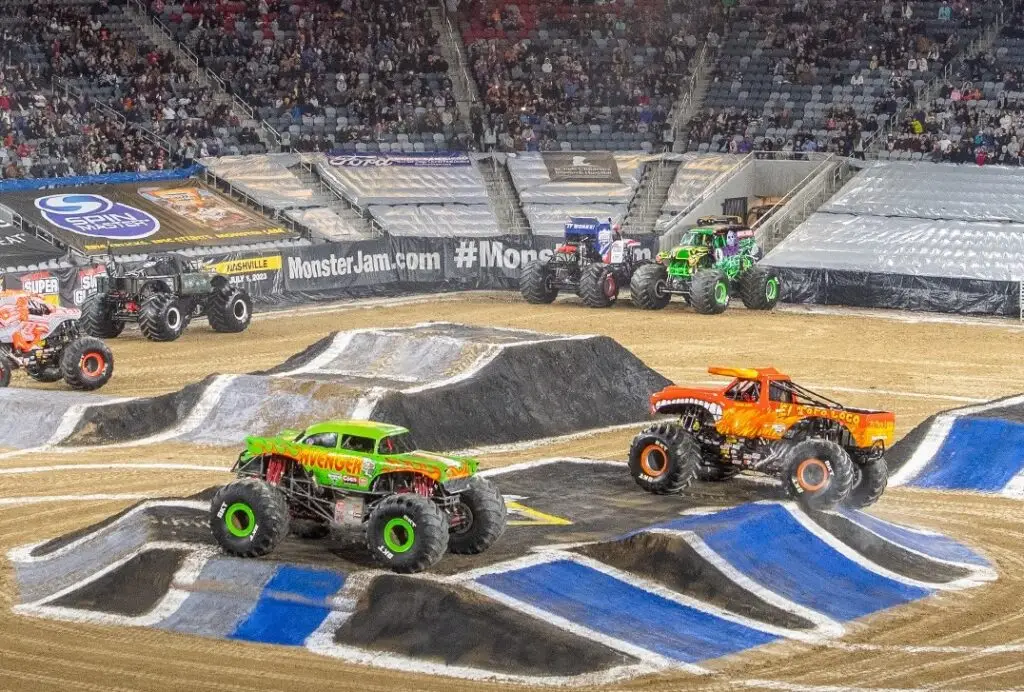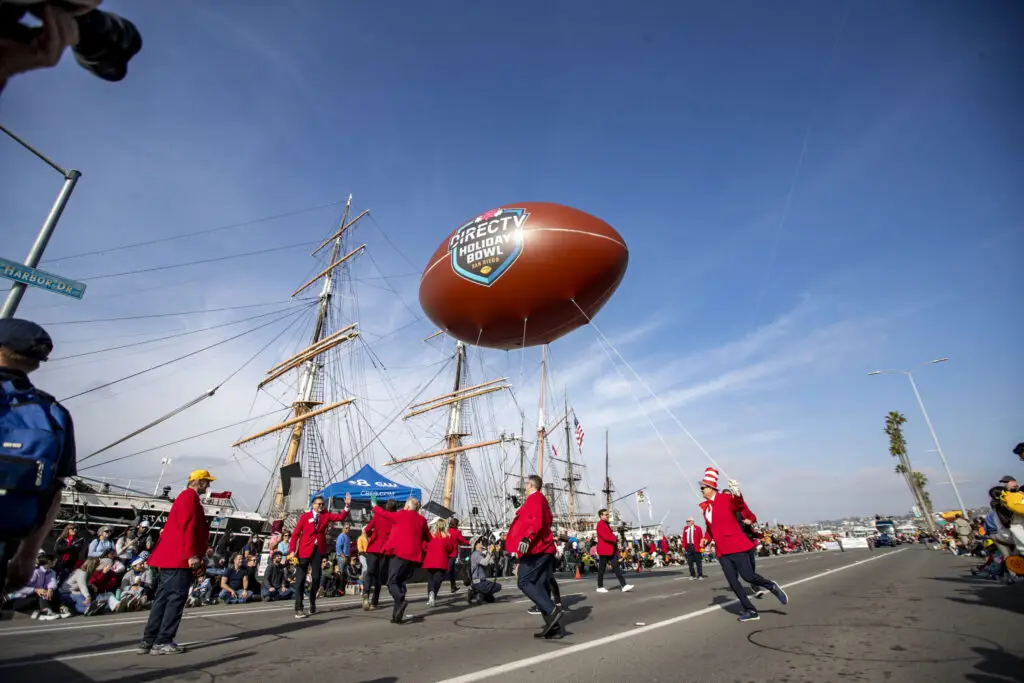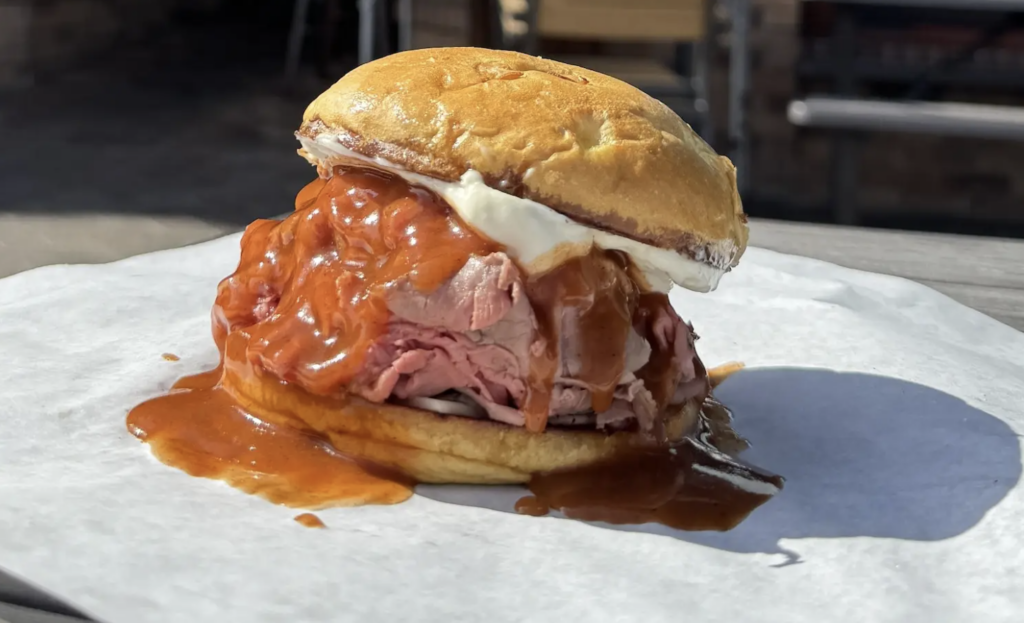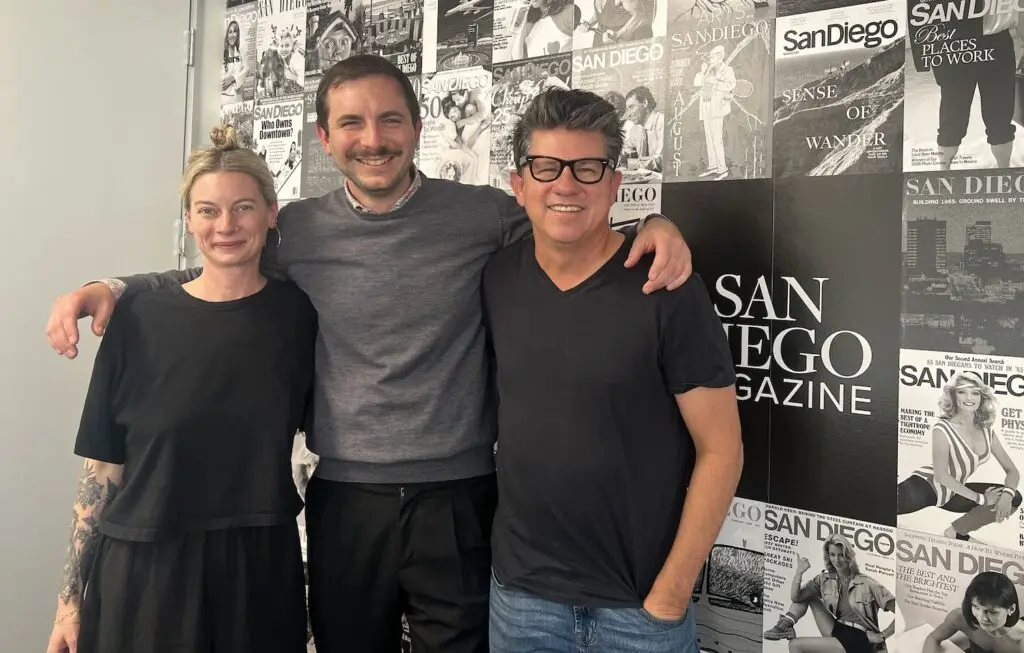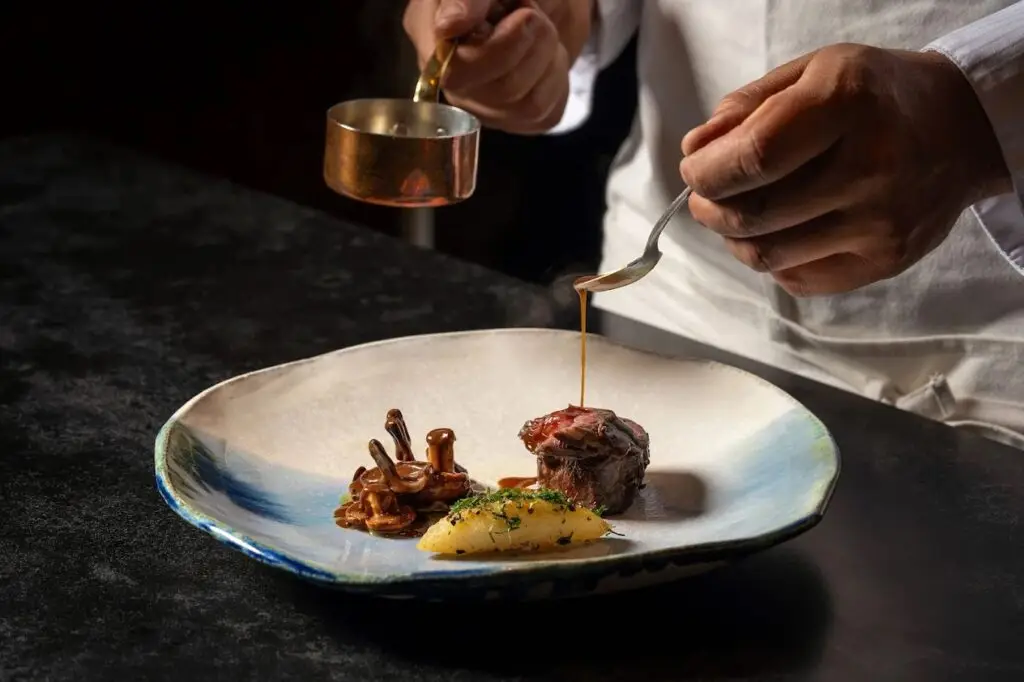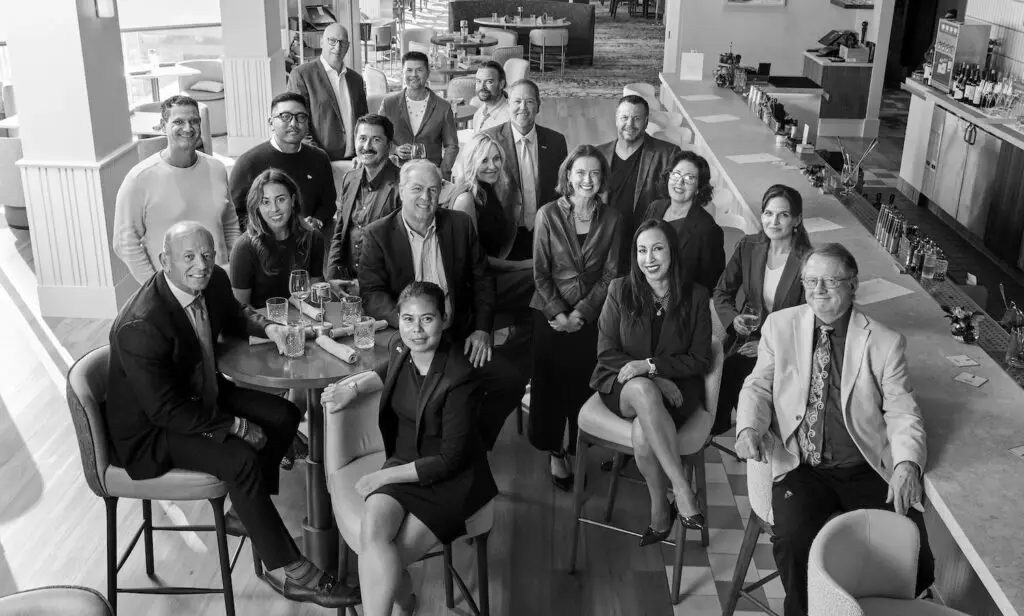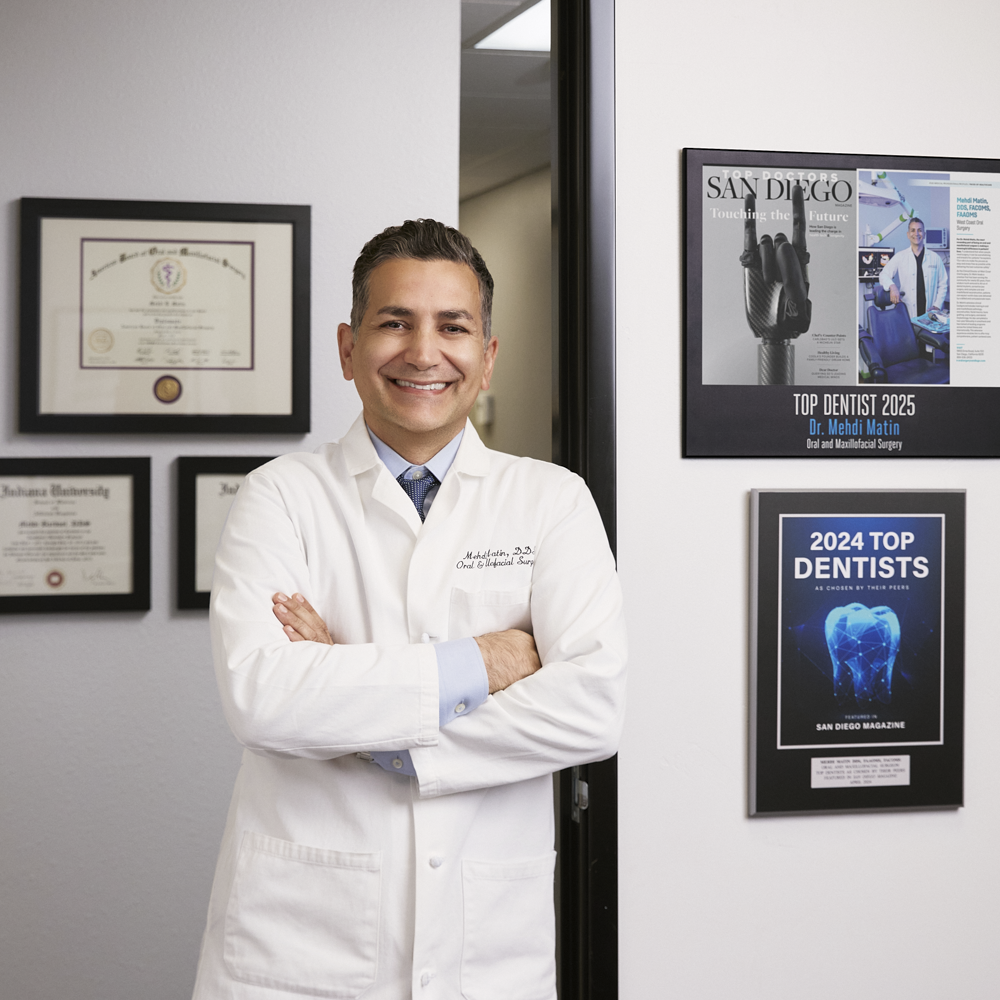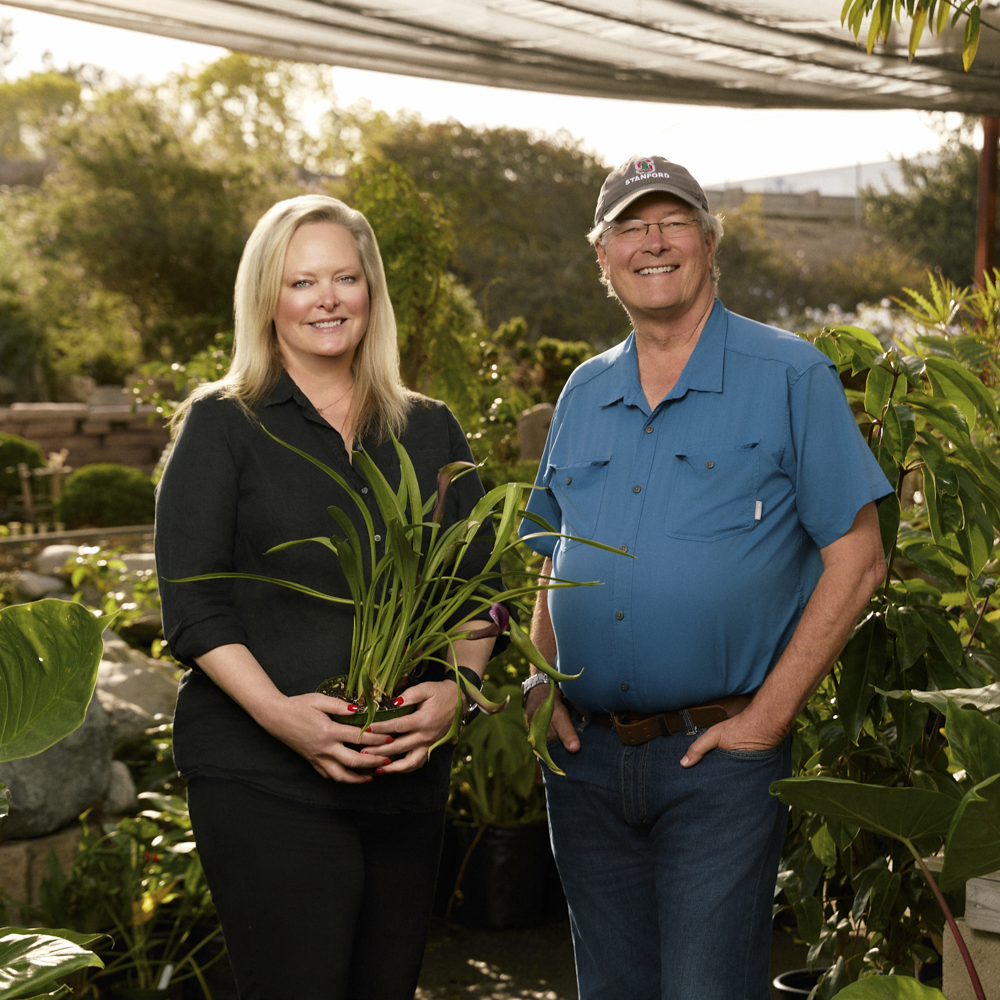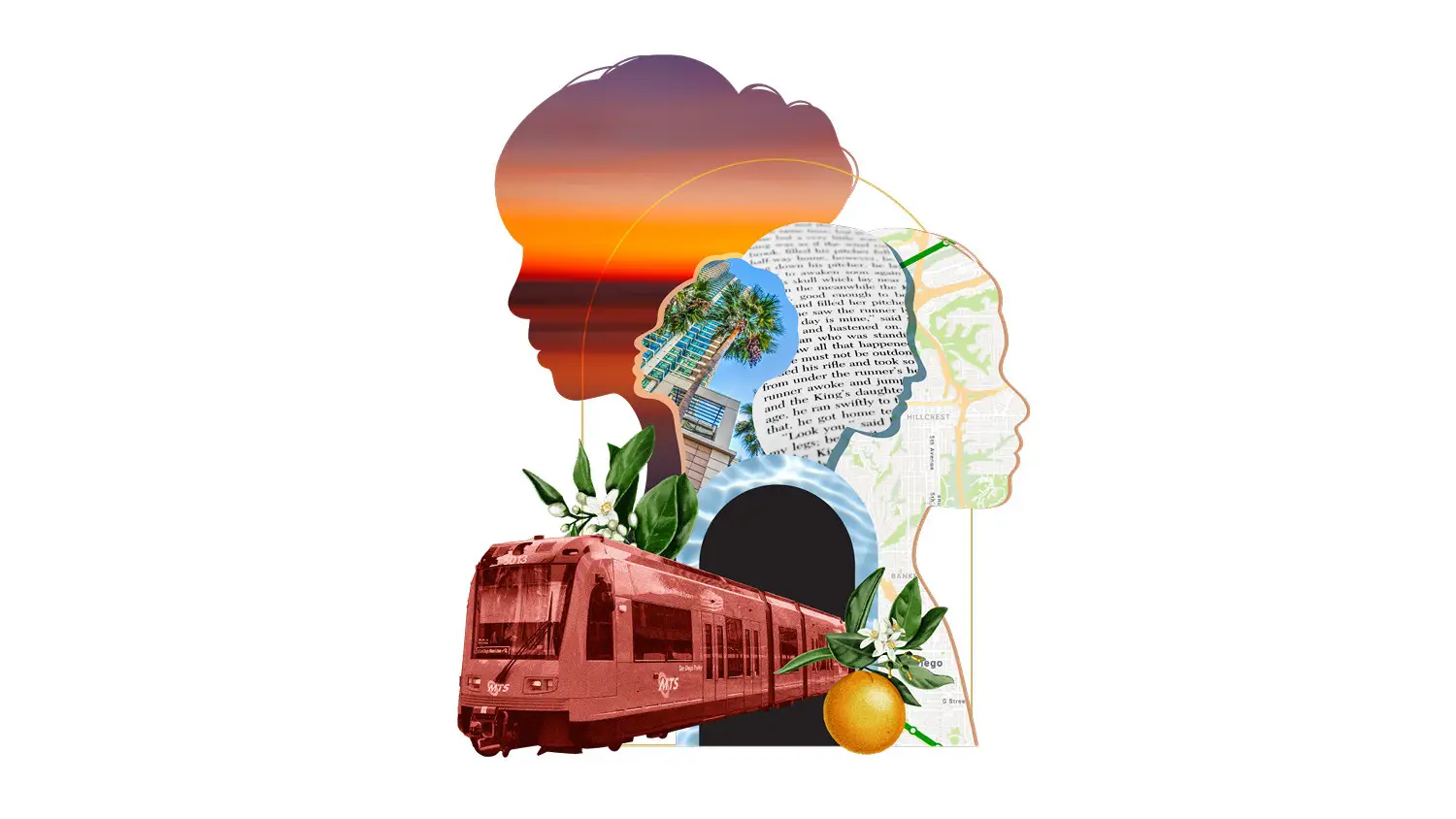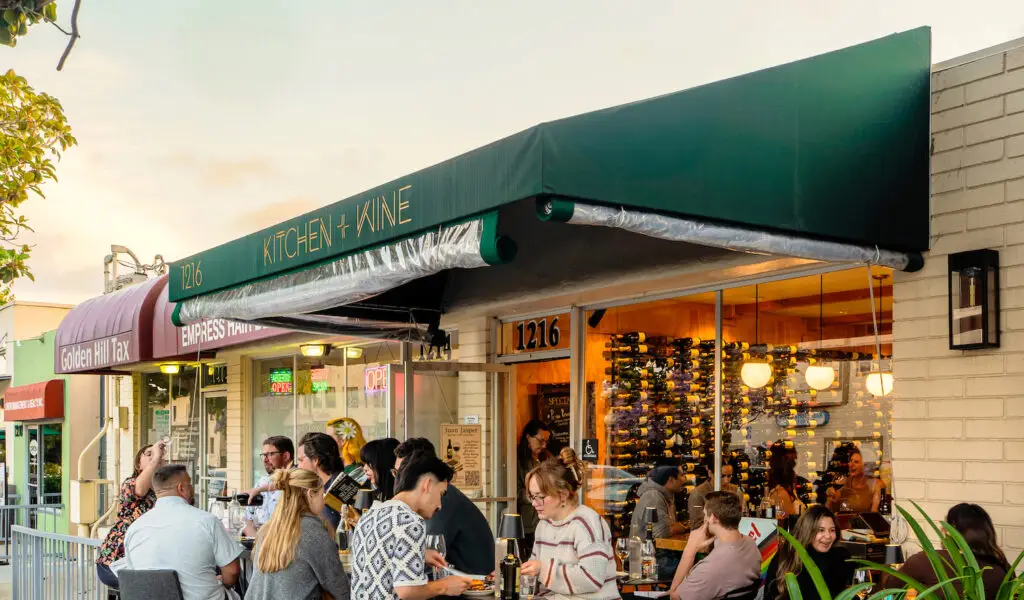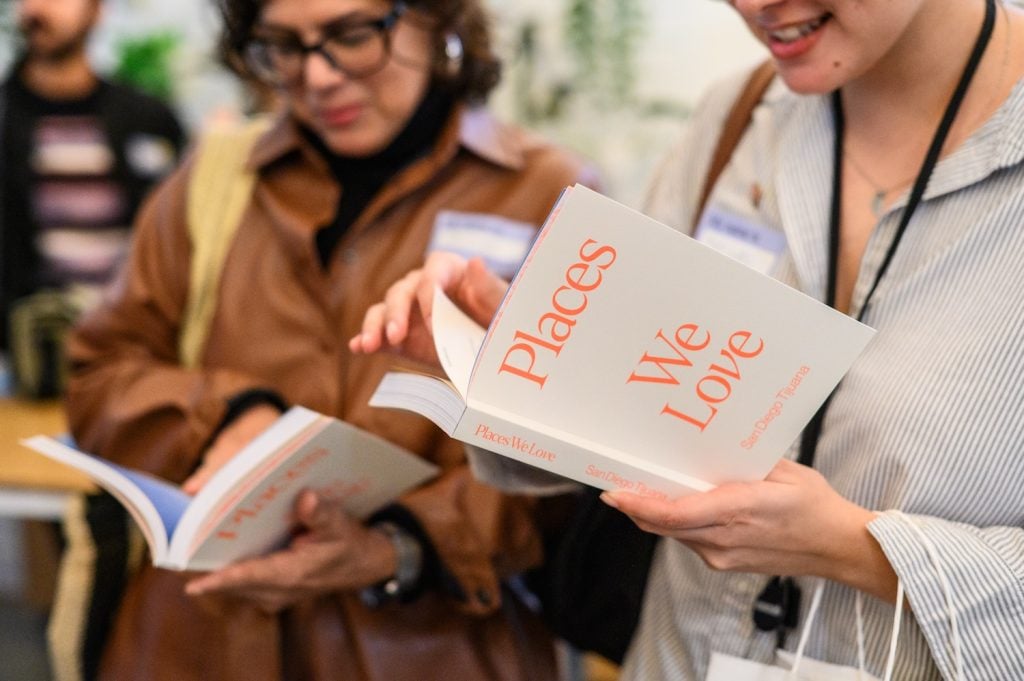As I boarded the orange line trolley on a Monday, my eyes snapped to the empty seat next to the conductor’s cabin. The usual occupant wasn’t there. For six months, he had been a fixture in the first car, his presence as reliable as the trolley’s 6:26 a.m. departure. Then, he vanished.
The quiet rhythm of our daily commute created a strange familiarity, the kind shared only with perfect strangers who become a predictable presence in our routines. I gleaned details of the security guard’s life: his mall job, his Hawaii trips, his Chicago origins, and his Saturday routine of enjoying jazz at a pub in the Gaslamp.
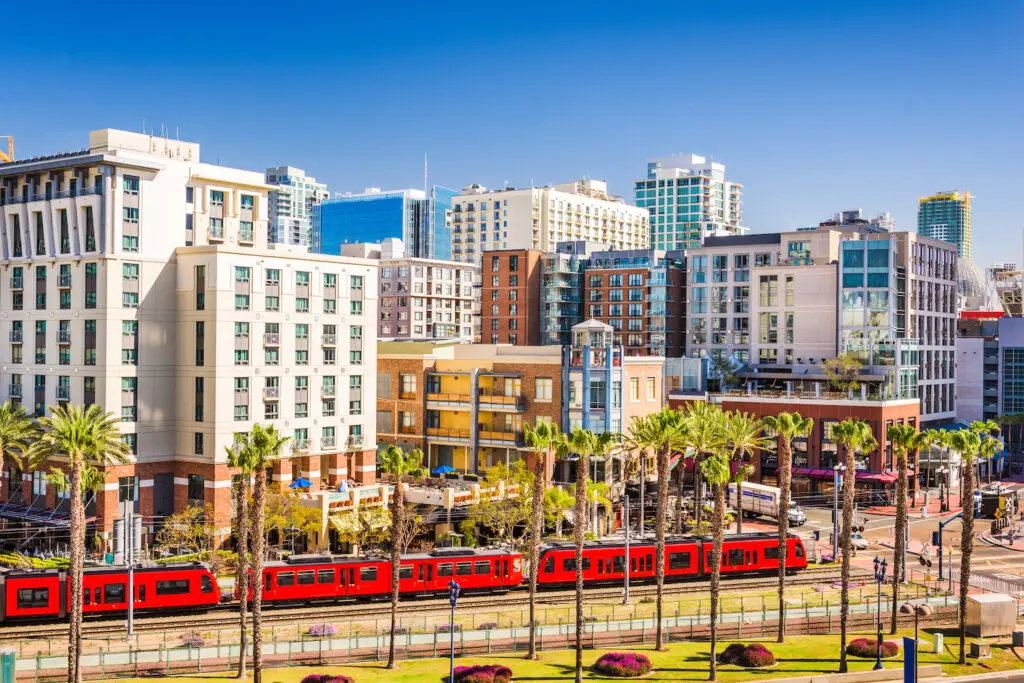
The trolley, when taken daily, transforms into a theater of the familiar. There was the woman who watched Turkish dramas on her phone every morning, the bespectacled man with the too-short jacket, and the little girl with pipe cleaner antennas fixed to her headphones. The security guard’s absence made me wonder not just about him, but about all the threads that weave through our city lives.
My earliest memories of the trolley were tied to the border, a daily crossing from Tijuana to San Diego for school and a short one-station ride. Even as a child, I recognized the distinct demographic of the passengers commuting from Mexico to America’s finest city to work and study. I came from Piso de Piedra, a colonia that, in my childhood, still clung to its rural roots. Mornings began on dirt roads, the air often carrying the scent of livestock from nearby cows in a community still breathing the fresh air of its relatively recent establishment. It was a stark departure from the world I entered each morning, the sprawling interstates and manicured landscapes of San Diego. The trolley, in those days, was a blurry bridge between two worlds, a representation of the interconnectedness that defines this region.
I observed the maps in each wagon, marking the stations along blue, green, and orange lines—a peek at a place beyond what I could glimpse as we sped to our stop. This planted a seed of curiosity about the city that lay beyond and aided in my gradual immersion into the broader American experience.
Spanish, once the dominant language of my world, was joined by the easy cadence of California English. I started venturing beyond the confines of my neighborhood to explore the beaches and malls, absorbing the sights and sounds of a city I wanted to make my own. Commuting to university every day on the blue and green lines slowly unveiled the city to me. I discovered cafés that became Friday afternoon favorites to unwind and little shops where I began to collect the items and foods that became staples in my everyday. The trolley became my vehicle of assimilation, a way to navigate the cultural landscape of San Diego.
In a letter, Oscar Wilde wrote that “most people are other people.” But while he meant it as a cynical observation, I see this as something to celebrate. We are a tapestry of influences, a unique blend of the lives we’ve touched and the places we’ve inhabited. Far from simple mimicry, I think being other people is a testament to the richness of human connection.
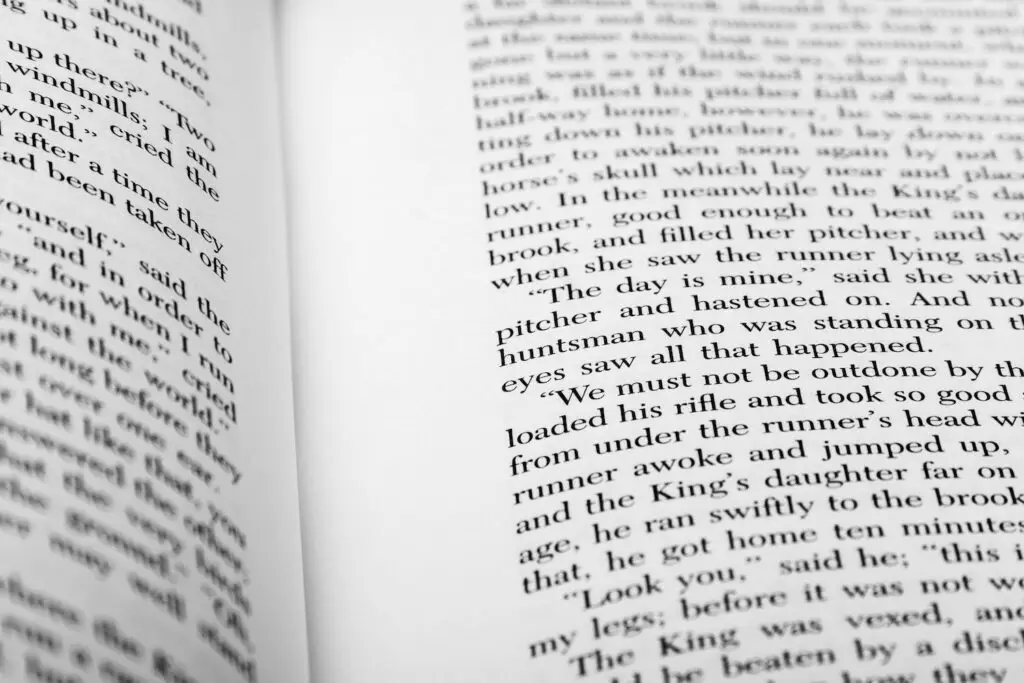
I learned stubbornness from my dad and developed my mother’s sense of humor, an obvious type of inheritance. But even my vocabulary was formed by the authors whose books I devoured during my first summer in San Diego—one spent in the hushed aisles of the public library, my sisters and I hauling stacks of borrowed books home in a red wagon. Each person, each experience, adds a thread to the fabric of who we are.
These influences aren’t just abstract; they are also tangible, sensory. I purchased a perfume after complimenting the scent on a fashionable woman who stepped off at Old Town and added songs to my playlist after an older gentlemen with a love for the bandoneon played them loudly from his phone as I rode down on the blue line.
It’s a daily evolution. A constant morphing exercise that has left me transformed into a San Diegan. I found myself recommending restaurants in casual conversations and giving directions to tourists on the green line. I felt an indescribable joy at becoming a small part of the city.
As I stand waiting on the platform each morning, I muse about the influence we have on each other. Do the people I pass on the trolley realize how much they contribute to the character of their neighborhoods and essence of the city? Has a stranger passing by ever adopted a habit from me? Has one of my recommendations become a cherished spot for someone I barely met?
The other week, as the city was bathed in a warm sunset glow, I waited with my parents for my sister at the Santa Fe Depot station when a strange feeling settled over me. I took my mother’s hand and led her outside the station.
Standing near the tracks, I gestured to one of the tall buildings I gaze at every day from the trolley window.
PARTNER CONTENT
“That’s where I’m going to live,” I said.
It was a declaration of my desired rootedness in this city. She smiled and snapped a picture of the glass edifice, capturing not just an image, but a moment of belonging and sense of having arrived.
